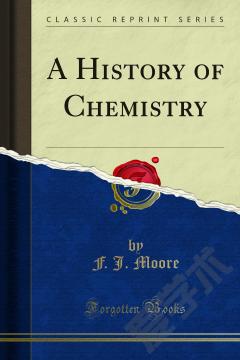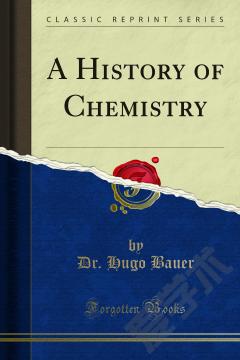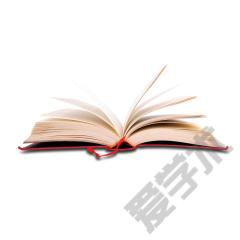A History of Chemistry
A word may not be out of place concerning the illustrations. These have been reproduced from many sources, and have been selected entirely for their historical interest without regard to their artistic merit. It will therefore occasion no surprise that they differ greatly among themselves in the latter respect. Thanks are especially due to Professor Derr of the Institute for placing at the disposal of the author his unusual skill and knowl edge of photography, and also to several publishers who have kindly permitted the use of copyrighted material. The value of the historical method for studying every depart ment of human thought is now so universally recognized that it requires no emphasis, but to the younger student of chemistry it may not be superfluous to point out that, by observing the errors and misunderstandings of the past, we learn to avoid errors in our own thinking; by acquaintance with the way in which great men have solved problems, we are assisted in solving problems of our own; by observing the different aspects presented by the same facts in the light of successive theories, we acquire an insight obtainable in no other way into the nature, limitations and proper function of all theories. Finally, as we study how. Man's knowledge of nature has broadened and deepened with the years, we acquire a better understanding of the trend of thought in our own times, and of the exact bearing of each new discovery upon the old but ever recurring problems of the science. At no period has the development of chemistry been more rapid or more interesting than it is today, and the author indulges the hope that even this brief sketch of its history may assist the reader to follow that development with a fuller appreciation of its significance, for, after all, we study the past that we may understand the present and judge wisely of the future.
{{comment.content}}








 京公网安备 11010802027623号
京公网安备 11010802027623号